At a time when the sun-tanning method is declining, how does the sun-basking Aricha amaze the four?
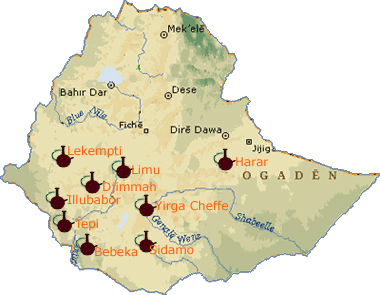
For professional baristas, please follow the coffee workshop (Wechat official account cafe_style)
[about Yega Xuefei]
In the ancient Ethiopian saying, yirga means "settle down", cheffe means "wetland", and Yirgacheffe means "let us settle down in this wetland".
Yega Xuefei is arguably one of the most famous producing areas in Ethiopia. It is located in a narrow area of Sidamo province with a height of about 2300 meters (equivalent to the height of Alishan in Taiwan). Because of its geographical environment close to mountains and lakes and coffee treatment, the coffee planted has a unique flavor, so it is independent from the Sidamo producing areas and has become one of the boutique coffee bean producing areas in Africa.
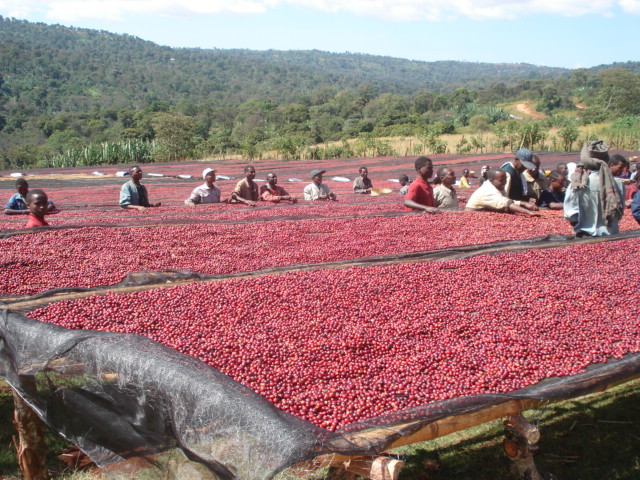
[revival of tanning treatment in Ethiopia]
In the Yegashafi area, the traditional method of treating coffee beans is solarization, but the previous method of solarization is weak in terms of quality stability, so in 1959, in order to improve the quality of coffee beans, water washing treatment was introduced from Central and South America.
The water content of water-washed coffee beans is generally about 16%, the appearance of beans is better, the relative miscellaneous smell is less, the taste is clear and sour. After 1970, the jasmine and citrus flavor of Yejia Chevy water-washed beans were widely loved all over the world and became a model of fine beans in Africa. Since then, the traditional method of tanning has gradually declined.
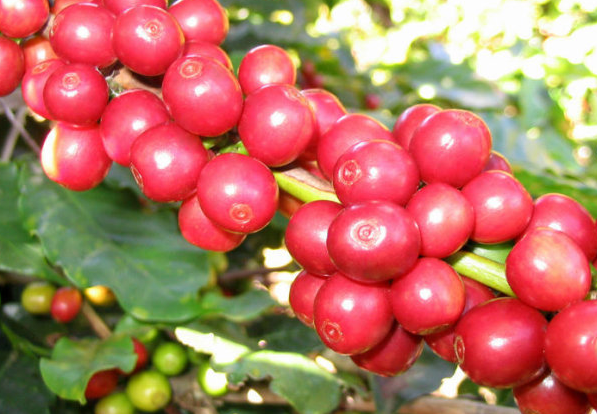
In 2006, Abdullash Bagersh, a well-known local coffee trader, could not bear the disappearance of the traditional Ethiopian tanning technique and was determined to revitalize the tanning method, and improved and refined the treatment process in view of the shortcomings of the traditional tanning method.
Because of his persistence and slow work, he can do fine work, which has created a series of sun-dried beans such as Idido Mist Vally, Beloya and Aricha, which has become a trend in Europe and America.
In Ethiopia, coffee beans are mostly harvested from native forests at high elevations, and the varieties are very complex, so they are often named after harvesting areas.
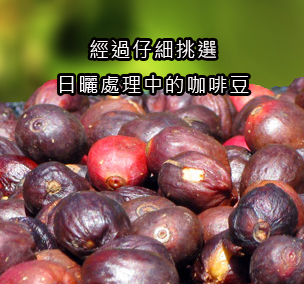
[Ethiopia Sunshine Ye Jia Shiv Ye Jia Xue Fu Township, Erika Village, Chinette-Weidibo treatment Plant G1] Coffee flavor description
Product name: Ethiopia Natural Yirgacheffe Aricha Cherent WeldeAb G1
Land: Yirgacheffe
Processing plant: Cherent WldeAb
Product type: Heirloom
Sea pull: 1950-2100m
Management: in the sun
Wind taste: sweet orange tonality, papaya, apricot, lively acidity, full and smooth taste
Important Notice :
前街咖啡 FrontStreet Coffee has moved to new addredd:
FrontStreet Coffee Address: 315,Donghua East Road,GuangZhou
Tel:020 38364473
- Prev
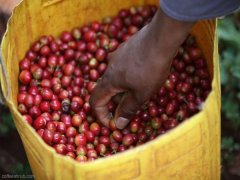
Introduction to AA, Kiawamururu processing Plant of Rumukia Coffee Farmers' Cooperative in Kaili, Kenya
Exchange of professional baristas Please follow the Coffee Workshop (official Wechat account cafe_style) Flavor introduction the most obvious dry aroma is the smell of red fruit, with a hint of black brown sugar sweetness and a hint of rugged beet sugar. The aroma of the fruit is very rich, mixed with a variety of aromas, reminiscent of cooking red apples and grapes with black sugar. Coffee is also full-bodied
- Next
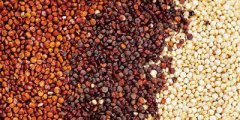
North Sumatra Lake Toba Lindong Mantenin Sources and Flavors Description
Indonesia introduced Arabica coffee during the Dutch colonial period in the 18th century and began to grow it until modern times, when it became one of the world's top coffee producers, mainly producing on Sumatra, Java and Surawesi islands. The bean is named after the Batak people who grow coffee beans on Lake Toba in northern Sumatra, and is crowned Bl because of its blue-green appearance.
Related
- Detailed explanation of Jadeite planting Land in Panamanian Jadeite Manor introduction to the grading system of Jadeite competitive bidding, Red bid, Green bid and Rose Summer
- Story of Coffee planting in Brenka region of Costa Rica Stonehenge Manor anaerobic heavy honey treatment of flavor mouth
- What's on the barrel of Blue Mountain Coffee beans?
- Can American coffee also pull flowers? How to use hot American style to pull out a good-looking pattern?
- Can you make a cold extract with coffee beans? What is the right proportion for cold-extracted coffee formula?
- Indonesian PWN Gold Mandrine Coffee Origin Features Flavor How to Chong? Mandolin coffee is American.
- A brief introduction to the flavor characteristics of Brazilian yellow bourbon coffee beans
- What is the effect of different water quality on the flavor of cold-extracted coffee? What kind of water is best for brewing coffee?
- Why do you think of Rose Summer whenever you mention Panamanian coffee?
- Introduction to the characteristics of authentic blue mountain coffee bean producing areas? What is the CIB Coffee Authority in Jamaica?

